A burger chain suddenly closed all its outlets in a major U.S. market, shocking diners and leaving employees confused. The fast food sector, typically seen as recession-proof, faces disruption instead of failure. With home cooking, rising costs, and changing food habits reshaping the sector, this move highlights a strategic retreat rather than surrender. Brands are downsizing to focus on stronger locations, leading to job losses and economic ripples. Convenience and routine are disrupted, pushing customers to alternatives. This trend reflects broader industry changes, including ghost kitchens and digital transformations.
Strategic Downsizing Strategy
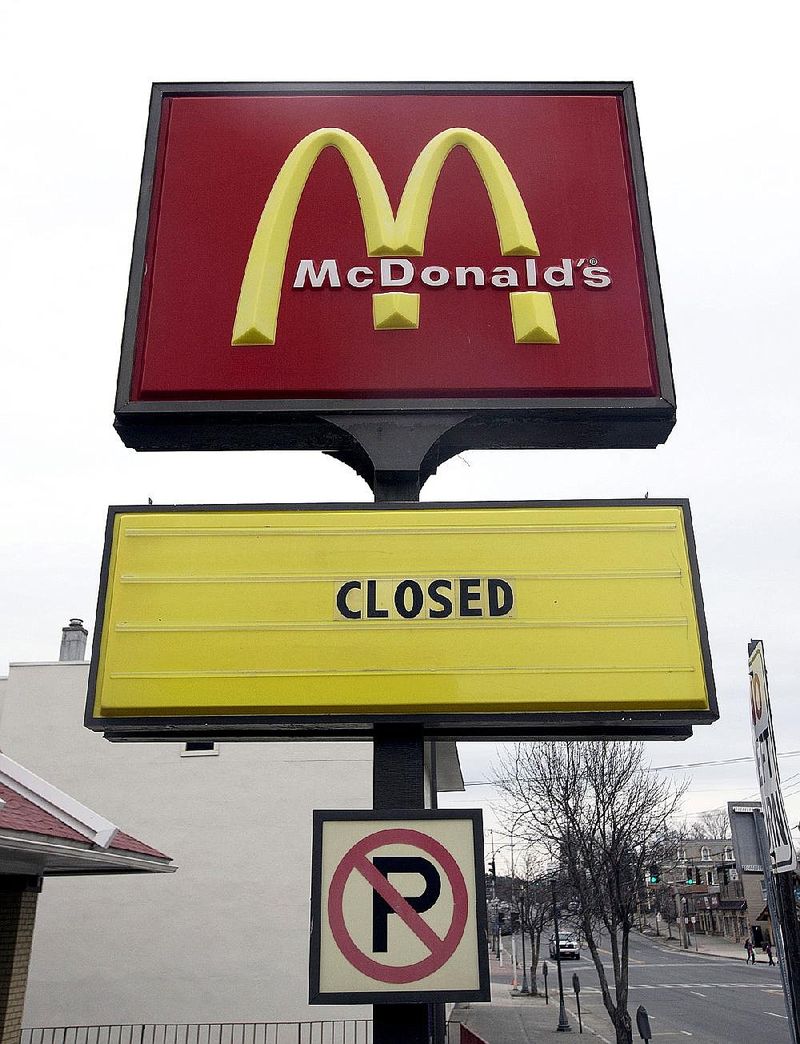
In an unexpected move, a well-known burger chain closed several outlets, leaving communities in surprise. This is not about giving up; it’s a strategic downsizing, allowing the brand to focus on profitable locations.
This tactic mirrors actions by industry giants like Burger King, who trim underperforming stores to boost overall productivity. While it may seem like a loss, the aim is to streamline operations and enhance service quality.
Ultimately, fewer stores might lead to better experiences, as resources concentrate on innovation and efficiency. Such strategic decisions shape the future of fast food dining.
Economic Ripples in Local Communities
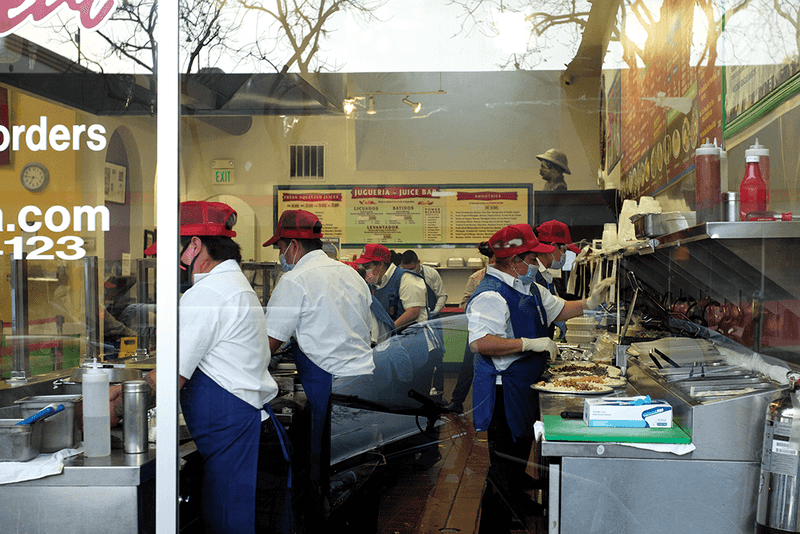
Each shuttered store signifies more than lost dining options; it’s a blow to local economies. Jobs vanish, from in-store workers to suppliers and janitorial staff, affecting dozens of livelihoods.
Communities feel the quiet ripple as local businesses and economies suffer indirect impacts. The shift of resources affects not only workers but also regional commerce.
Despite the immediate downturn, the intent is not devastation but redirecting focus to more successful ventures. Yet, the social cost remains as families and neighborhoods adjust to new realities and seek alternative employment opportunities.
Disruption of Consumer Routines
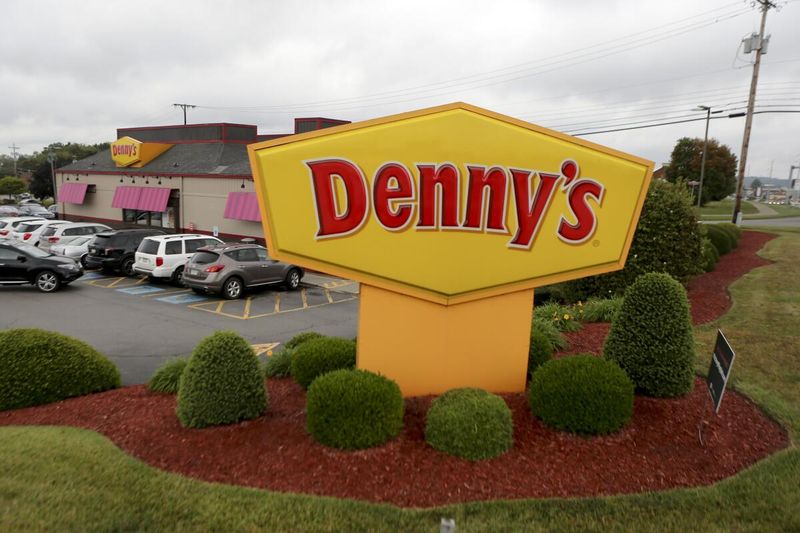
Fast food closures disrupt more than just convenience; they alter routines and traditions. Families accustomed to quick meals find themselves adjusting schedules and exploring new options.
Brands get pushed out of daily routines, replaced by either lesser-known alternatives or pricier options. This shift nudges consumers toward home-cooked meals, changing dining habits.
Though initially inconvenient, this disruption encourages culinary exploration and healthier eating. Fast food chains must innovate to reclaim their place in daily lives, often through technology and enhanced service offerings, to meet evolving consumer demands.
Innovation Through Lean Operations
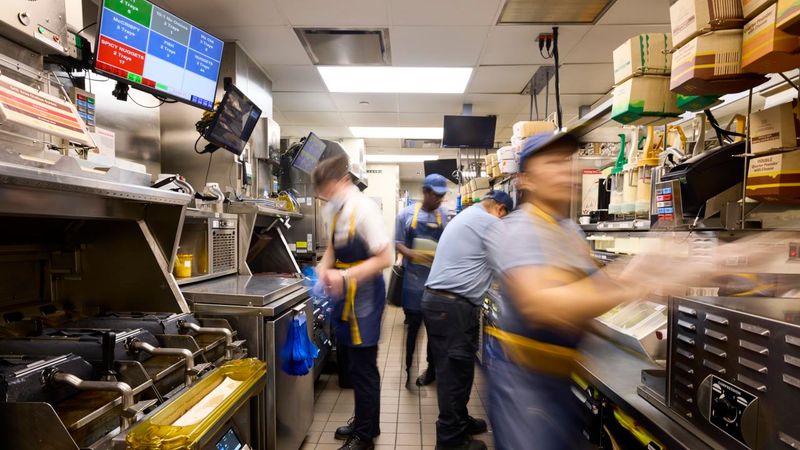
Cutting back on locations might just lead to progress. By shedding underperforming stores, chains invest in leaner operations, focusing resources on innovation and improvement.
This approach includes app ordering, improved menus, and enhanced customer service, delivering more value with fewer locations. The future points to fewer but more efficient and technology-driven outlets.
This strategy not only enhances customer experience but also positions brands at the forefront of fast-food evolution. As chains adapt, they showcase resilience and readiness for a digital dining era, driving the industry’s transformation.
Competition and Market Shifts
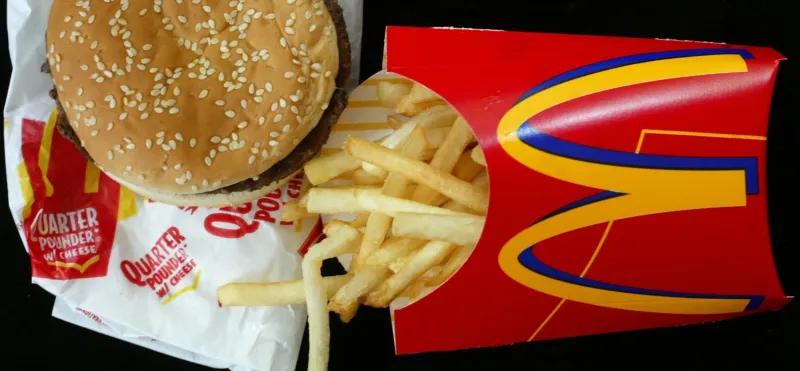
As one chain exits, others eagerly fill the void, intensifying competition. McDonald’s, for instance, often takes over closed locations, signalling aggressive market strategies.
This chess-like move energizes the industry, prompting others to react swiftly. The battle for prime locations and customer attention heats up, benefiting consumers with more choices.
Such shifts aren’t new; they represent the fast-food sector’s adaptability and resilience. Chains must stay agile, constantly revamping strategies to stay ahead. The landscape evolves, but the essence of quick, convenient dining remains a cherished staple in modern life.
Leave a comment